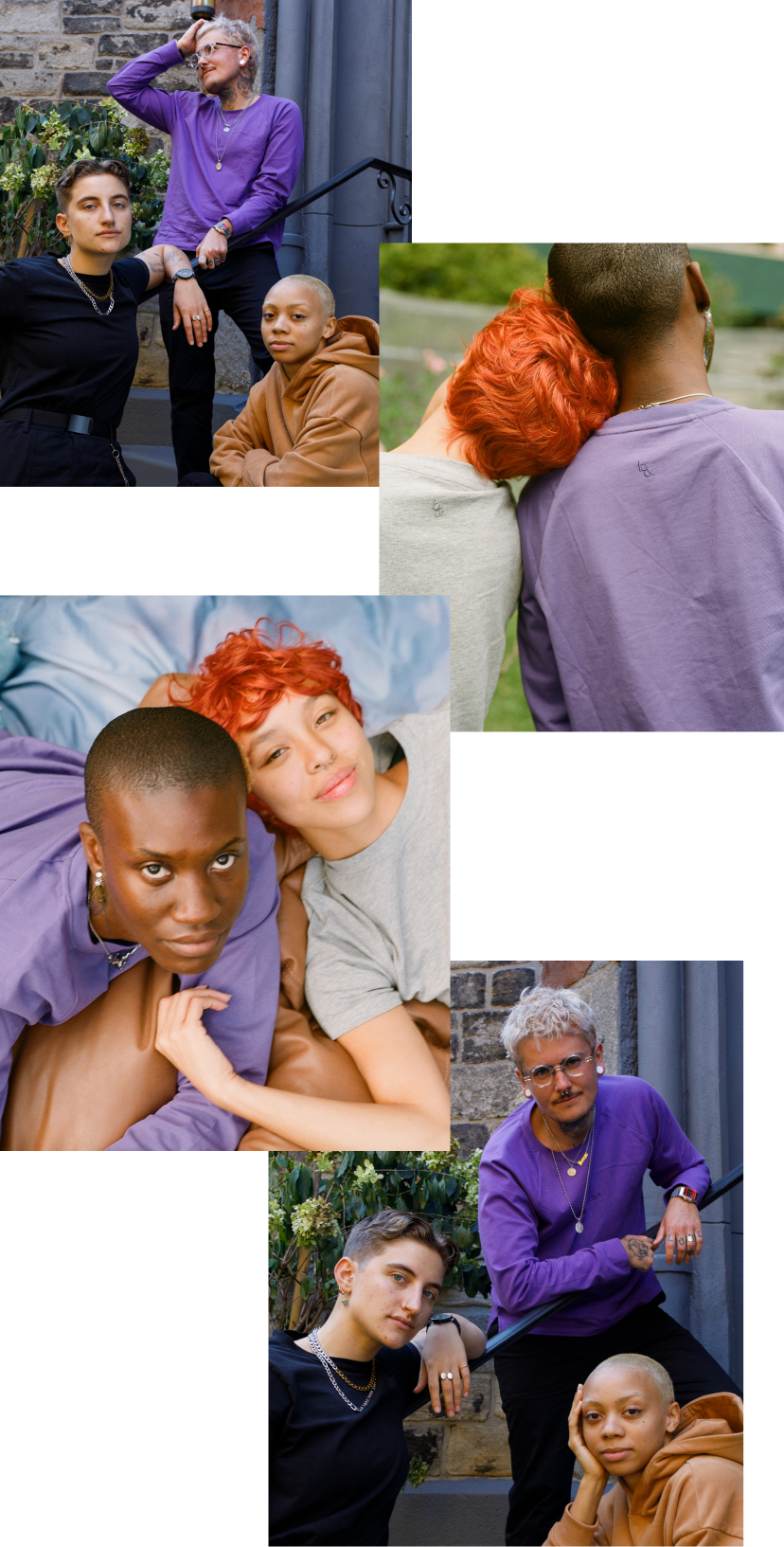
Feb 14, 2024
What is Pride?
Ella Dame
While pride as a word doesn’t by definition mean queer pride, at this point in history, it is so culturally correlated with the LGBTQIA community that the two are practically synonymous. Both the actual definition of pride and the expression of it are important topics commonly discussed within the queer community. If you want to explore some of the different ways you can express your own pride or are curious about some of the lesser discussed ways to show pride, this article is for you!
Pride: What does it mean, really?
Pride derives from the word proud, defined as “feeling deep pleasure or satisfaction as a result of one’s own achievements, qualities, or possessions or those of someone with whom one is closely associated” (Oxford Dictionary). When a word like gay, lesbian, queer, trans, etc. is placed in front of the word pride it simply is conveying the excitement, belonging, and satisfaction one feels in relation to their identity.
There are different associations of queer pride like items, people, icons, events, and even certain parts of the year. It is important to remember that pride is a continuous feeling that is not tied down to a specific method of expression. Pride is year round and parallels the identities of different communities, making it perpetually important and present.
While there is the generalized concept of queer pride, applying to anyone who feels their identity does not align with a cis-het, heteronormative, or anything in between, it is truly a reflection of everyone who is queer and that makes it uniquely subjective. In a way, we can almost define pride by negative space and what it is not. Pride–and queerness more broadly–understood in this way is the celebration of everything that is ‘Other,’ or that doesn’t fit neatly into a binary, cis-het world.
Pride month


Image credit top to bottom: Fred W. McDarrah/Getty Images, Kena Betancur/Getty Images
When people think of gay pride or queer pride or LGBTQ+ pride, it is often associated with the idea of gay pride month, which in America, is June. Pride month was declared a national holiday by Bill Clinton in 1999 and since then, it has become a highly commercialized and broadcasted event.
Before pride month was affirmed, there were pride marches and celebrations every June 28th, since 1970. The celebrations began exactly one year after the stonewall riots, a tragic historical event characterized by the bravery and resilience demonstrated by the LGBTQ+ community.
Currently, celebratory pride parades still occur on June 28th but, throughout the entire month of June there are widespread acknowledgements of the LGBTQ+ community. The most recognizable features of these celebrations are the rainbow flags, rainbow t-shirts, rainbow makeup, rainbow everything.
While this colorful mixture of pride may seem like a solely positive phenomenon, it is important to recognize the impacts that the overpowering consumerism and “holiday-like” tone of the month can have.
Isolating queer pride into a month or even a single day can be limiting and create an aura of separation that reverses the purpose of celebrating queer pride. Herein lies one of the great cultural ironies of our day: there is simultaneously more visibility around the LGBTQIA community than ever, yet we are also facing the most political backlash and violence. Pride month has almost become a ‘must-do’ in corporate America, and yet real gains in adjacent metrics, like socio-economic opportunity for the LGBTQIA community has little to no correlation to this wave of awareness. In simple terms, LGBTQ+ pride is a year round celebration as queer people exist and should be inclusively recognized year round.

Find your pride
For some, finding their pride may lie in the way they live their lives. When I walk down the street holding my partner's hand or support local LGBTQ+ businesses, I feel authentic and proud of my own identity.
Having pride and exuding it does not need to look a certain way, be displayed at a certain time, or adhere to any rules. The exciting part of pride is that it can look as many different, unique ways as there are different, unique identities.
Having a rainbow themed outfit clings to this predetermined or set rule of what pride is but wearing clothes that celebrate one’s gender identity creates space to focus on what is actually to be celebrated.
Businesses tailored to give their customers an experience they can be proud of are one of the most significant ways to find your pride and identity. You are able to find your pride at Both&, a company serving the transmasculine, gender queer, and non binary communities through gender affirming apparel and a safe, empowering online community.
Wearing items designed to bring gender joy like the Elmo, a masc hoodie for AFAB bodies, or the Romeo, a tank designed to hide your binder and show your arms, are ways to demonstrate your own pride authentically. It’s not about signifying identity: rather it is about the basic, human dignity of having access to clothes that fit you the way you want them to fit, and to feel comfortable and confident in that, whether it’s a day in June or any other day of the year.
Queer pride should be a never ending celebration and as authentic, real, and honest as the strong, expansive community it represents.




